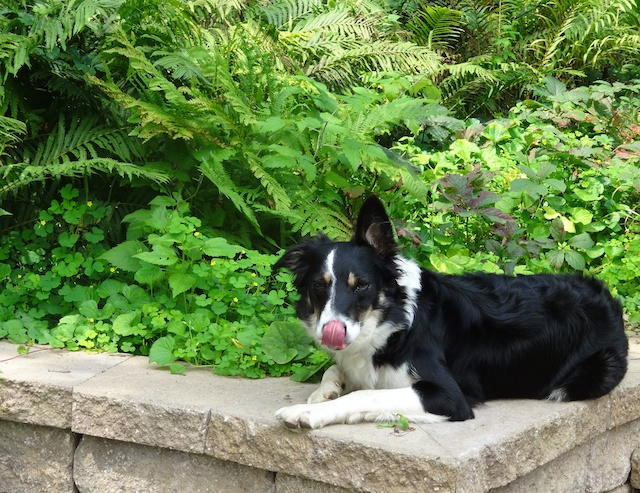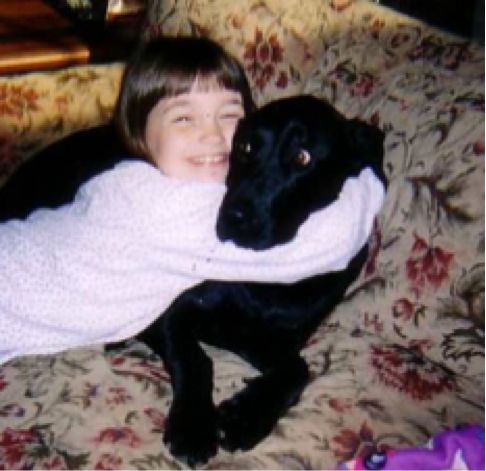As summer progresses, we see more and more dogs out for walks, visiting dog parks, and lounging on the patios of restaurants and coffee shops. It’s not surprising that dog bites increase significantly in the summer months, with one report from the NYC Department of Health and Mental Hygiene stating that more than half of the 4,611 dog bites reported in 2013 occurred during summer, with a particular spike in August.
The causes leading up to a bite or unwanted encounter are numerous, from being overtired to being in pain and everywhere in between (I’ll save this topic for another time), but today I want to cover what to look for to spot discomfort in your or someone else’s dog in order to avoid any bad outcomes. This list is by no means exhaustive, but gives you a good place to start.

The mouth. There’s lots to look for here, not just because it’s the business end. Yawning in the morning or after a nap is normal, but yawning in social contexts can be a sign of low-level stress that deserves some attention. Tongue flicks (see Maggie’s picture) also indicate stress or discomfort. A little higher on the continuum, you might see a tensely closed mouth or excessive panting.

The eyes. You know when you’re watching a scary movie at night and turn your head away, but just can’t keep your eyes off what’s happening on screen? This is what we call whale eye (see photo to the left) and can also be seen in dogs. “Hard” eye is a cold and deep stare that unmistakably says “Make My Day” without a word spoken. Bottom line if you see hard eye: change what you’re doing right away.
The ears. Normally forward or relaxed ears that switch to flat or pinned back can be a reaction to heat (look for panting) or a sign of internal conflict.
The body. A stiff, “braced” body, especially when paired with signs of stress elsewhere in the body can be a good indication that trouble is brewing.
The tail. Tails are an interesting expression of internal affect and an indicator of a dog’s emotional state. They are also often misinterpreted by the general public. “But he was wagging his tail!” is a phrase heard painfully often, by people who have been bitten, or whose dog just snapped, nipped or bit. A tucked tail or tail higher set than normal are beginning indicators of fear or stress. Slow tail wags accompanied by a stiff body are an indication of potential danger. Distract the dogs by saying “Let’s go!” and move away.
Don’t hesitate to check out the many resources available about canine body language, and how to respond when you see something that concerns you. I would recommend starting out in The Learning Center, a complete library of a variety of topics from my blog, The Other End of the Leash, articles from BARk Magazine, videos, and more. It’s broken up into sections to help you find what you need, or you can use the search function at any time.
The DVD Lost in Translation: How Dogs Use Sight, Sound, and Smell to Communicate takes reading your dog to a new level. It will help you become fluent in all things dog, from expertly reading visual signals to understanding how to “see” the world with your nose, you’ll learn to “talk dog” so that they REALLY understand you.
For the Love of a Dog: Understanding Emotion in You and Your Best Friend, explores facial cues in depth, and includes a long section of picture comparisons between human and canine facial expressions.
Want to learn more about dogs? Look here for a treasure trove of Patricia’s articles, blogs and videos about dog training, canine health and behavior, and solving behavior problems. Includes links to other helpful resources.
Clear and engaging, Patricia’s books & DVDs are invaluable resources for professionals and dog lovers alike. If your dog could, she’d beg you to click here and check them out.
Join thousands of dog lovers around the world in an ongoing inquiry about canine behavior, and follow the adventures of Patricia (2 legs), Willie, Maggie, & Tootsie (4 legs), and a very spoiled flock of sheep.